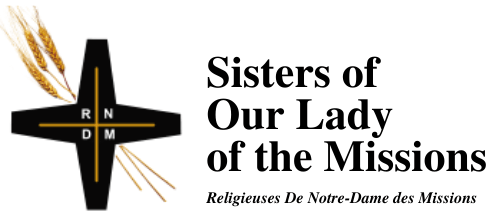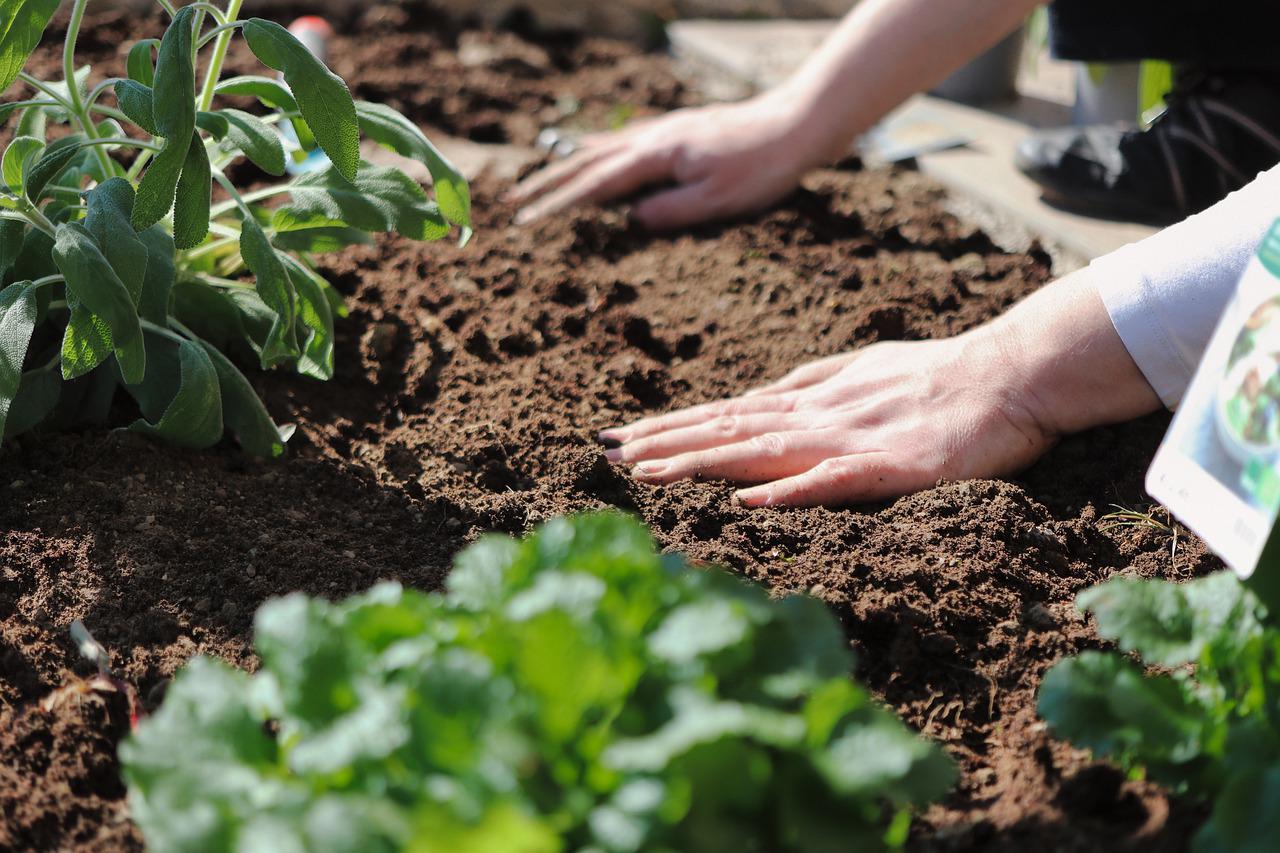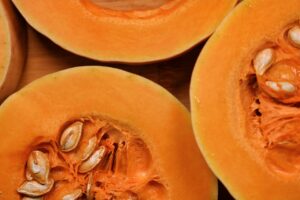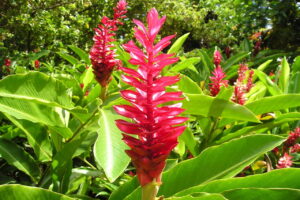
It was my interest in safe and healthy food that first drew me to gardening, which seemed a good way to provide pesticide-free, nutritious meals over the summer and well into the fall. My focus was on growing crisp lettuce and other greens, tender beans, sweet carrots and juicy, red tomatoes.
To me, the commonly quoted advice to gardeners to “take care of the soil and it will take care of the plants” meant ensuring that the soil had enough of the essential nutrients that plants need to grow: nitrogen, phosphorus and potassium. I had read that, to a plant, it doesn’t matter what the source of these elements are. Whether from natural sources like compost and manures or from manufactured fertilizers, nitrogen as an element is nitrogen, phosphorus is phosphorus and so on. But, as I started to study botany and soil science and read about the work of a woman named Dr. Elaine Ingham, I learned that there is so much more to the story.
Looking at soil through the lens of biology, good garden soil is not just bedrock that has been broken down by physical forces over the centuries into smaller particles that make up an inert collection of minerals. Healthy garden soil is alive with creatures like centipedes and earthworms that we can see and many, many, more life forms so tiny that they can only be seen through a good microscope. Microbiologists have determined that just one teaspoon of healthy soil contains “a billion invisible bacteria, several yards of equally invisible fungal hyphae, several thousand protozoa and a few dozen nematodes.”1

All of these living creatures – visible and invisible — are interested in good sources of food, just like me! Some shred larger pieces of organic materials in the soil, some decompose materials, some are predators on those that decompose plant materials and so on. These biological activities are extremely important to plants.
Dr. Ingham focuses her work on this community, the “soil food web.”2 I believe that Thomas Berry’s insight expressed in the following quote is consistent with this concept: “That the universe is a communion of subjects rather than a collection of objects is the central commitment of the Ecozoic. Existence itself is derived from and sustained by this intimacy of each being with every other being of the universe.”3
So, how does a gardener, who knows soil is alive with so many creatures, “take care of the soil?
To be continued . . .
1 Lowenfels, Jeff and Lewis, Wayne. Teaming with Microbes: The Organic Gardener’s Guide to the Soil Food Web. Portland/London: Timber Press, 2010.
2 Soil Food Web: Image downloaded from internet: https://commons.wikimedia.org/wiki/File:Soil_food_webUSDA.jpg
3 Swimme, Brian and Berry, Thomas. The Universe Story: From the Primordial Flaring Forth to the Ecozoic Era–A Celebration of the Unfolding of the Cosmos. San Francisco: Harper San Francisco, 1992.
Wendy spent a good part of her adult life moving with her husband, never staying long enough to see an apple tree mature and bear fruit. When they retired, developing a food garden and planting hardy ornamentals became a passion. Weaving her previous studies in nutrition with her current interest in gardening has become a stimulating and life-giving activity.





Thank you for this intriguing/poetic/scientific/practical … intro to soil. I look forward to Part 2, which will be published on Wednesday June 8. In the meantime, I will look at the soil in our garden with new eyes!
Fantastic, Wendy! Who knew I would be waiting so expectantly for the next chapter on…soil! You’ve got me hooked!!!